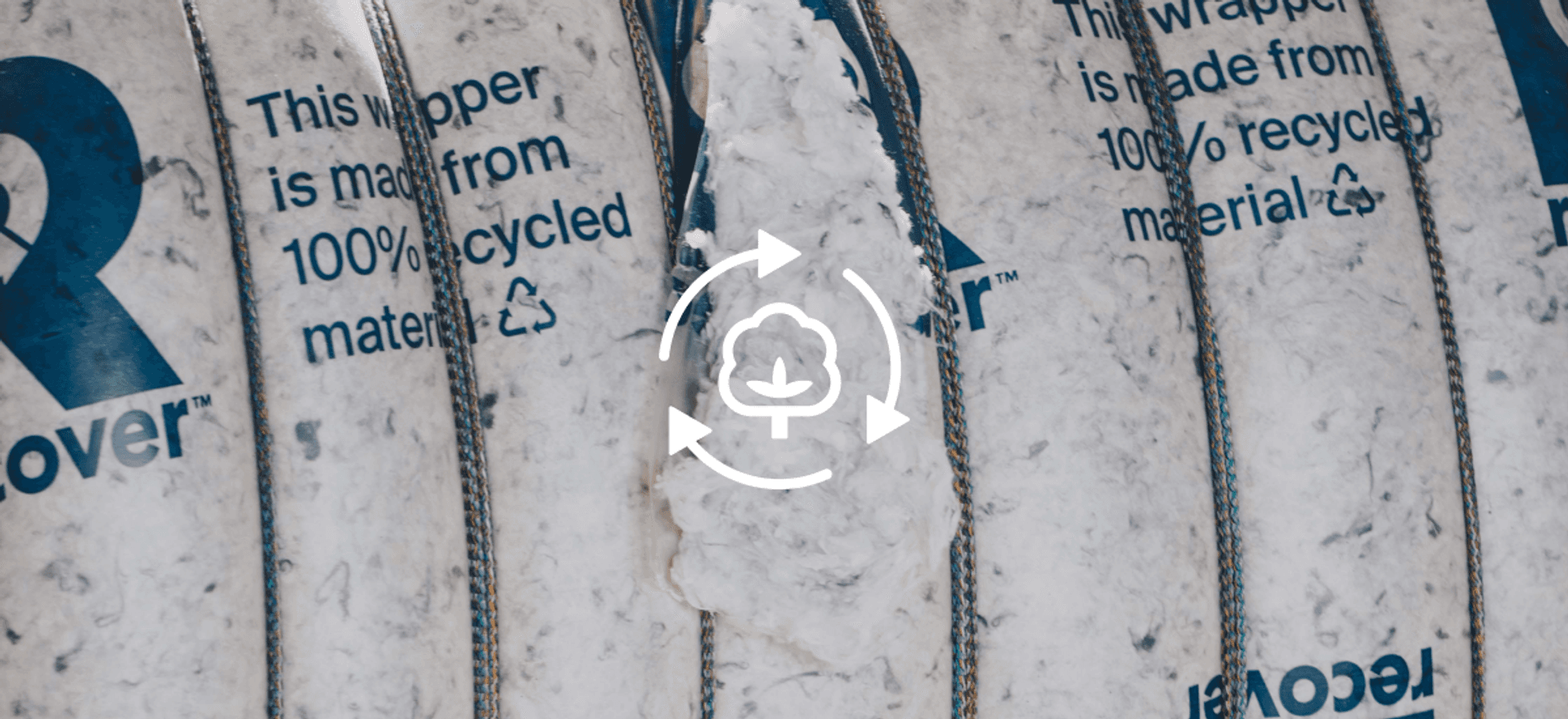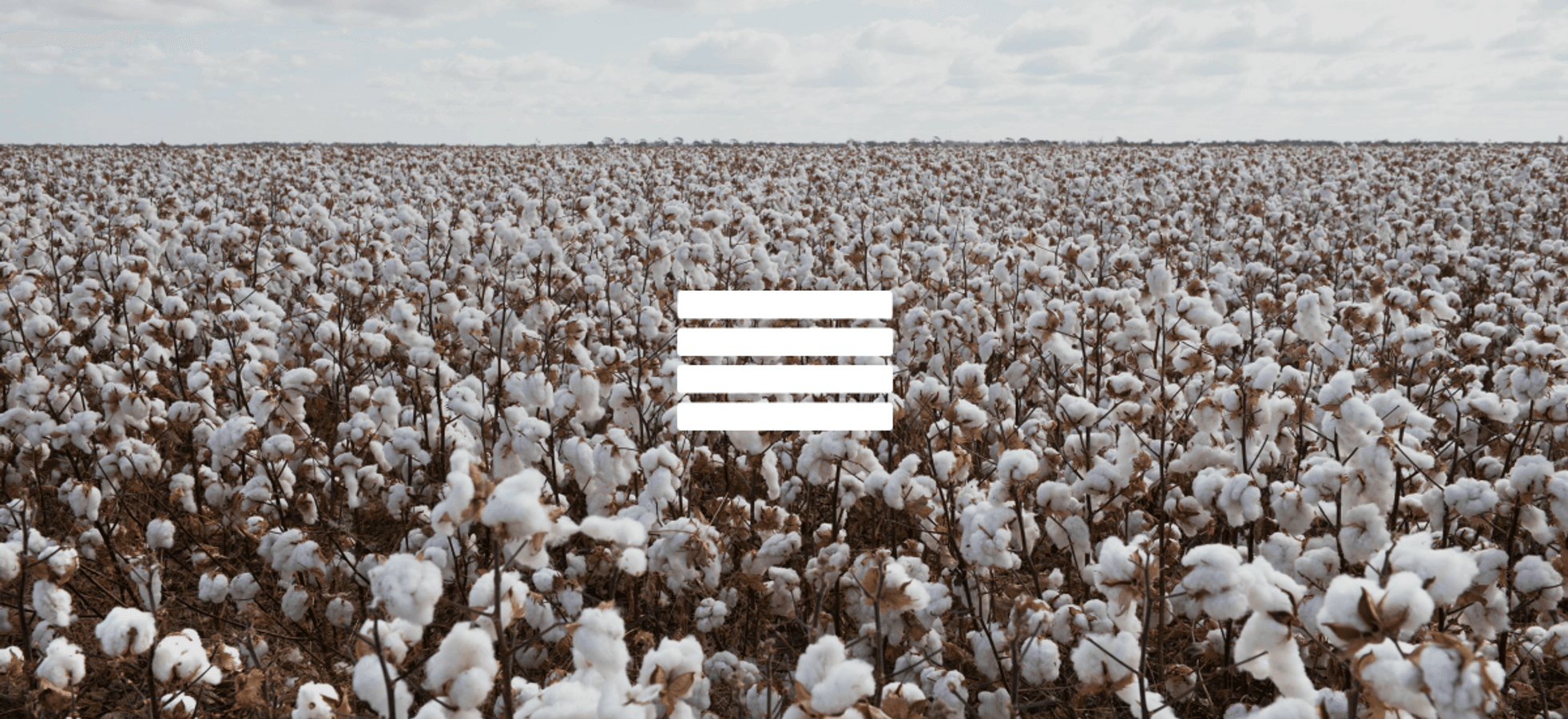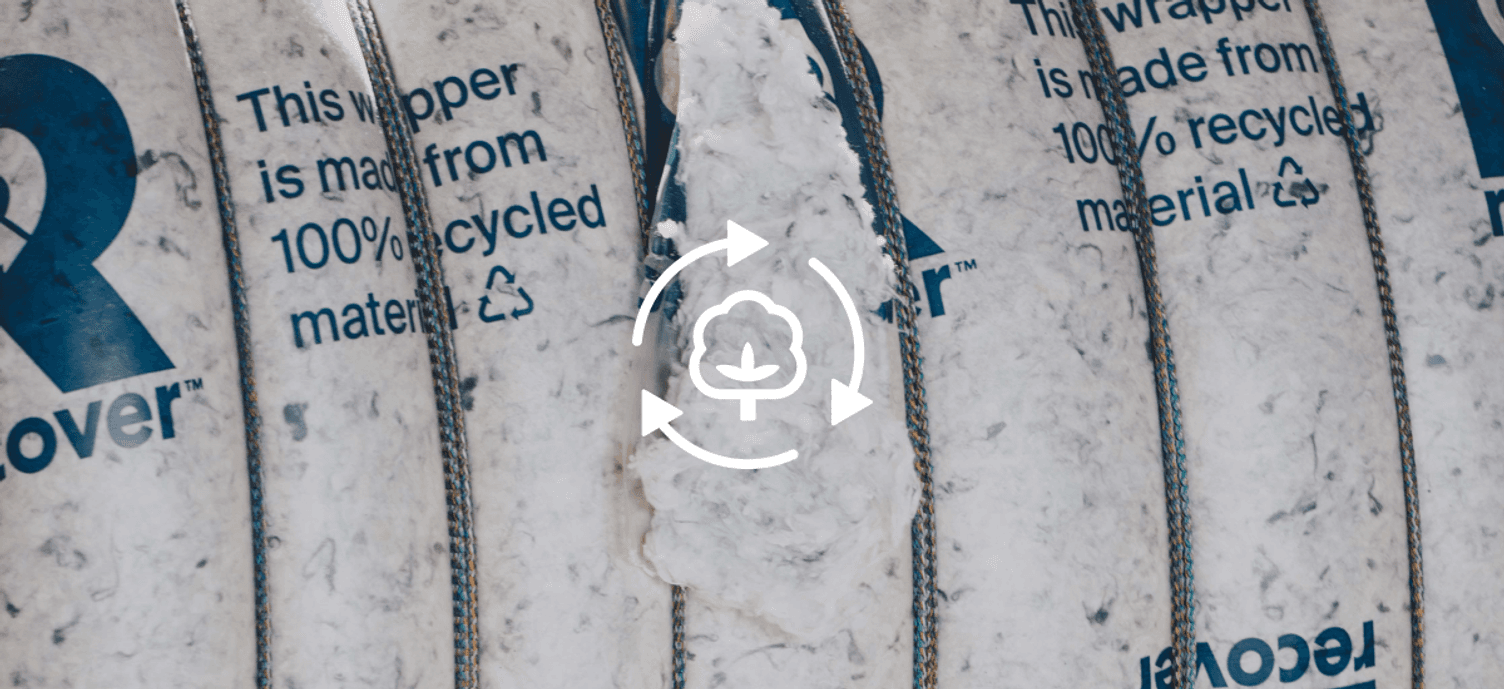Recover™, an Agent of Change

Site map

As concerns about the depletion of natural resources and the negative consequences of textile production continue to escalate, recycled fibers can offer a promising alternative avenue for reducing the industry's ecological footprint.
In their 2020 article entitled ‘Biodiversity: The next frontier in sustainable fashion’, McKinsey & Co. concluded that “recycled fibers not only repurpose waste but also have a lower biodiversity footprint than virgin fibers.” *1
They also identified that cotton agriculture as one of the apparel sector’s largest contributors to biodiversity loss. By utilizing and reusing clothing, the necessity for new manufacturing can be reduced, thereby mitigating the negative effects on biodiversity linked to the production, processing, and disposal of new fibers. *2

Biodiversity is defined by the European Environment Agency as “the variety of ecosystems, species and genes in the world or in a particular habitat.” *3
We rely on biodiversity for food and energy, and we depend on its irreplaceable role in sustaining air quality, providing fresh water and soil, and regulating climate.
In this article we will outline how the environmental savings from Recover™ recycled cotton, proven by the Recover™ LCA Spain verified by EcoReview (2022), can diminish a garment's impact on biodiversity. Using our 5 savings categories, we can link the savings made in these categories to a reduced effect on biodiversity.

Recover™ recycled cotton saves 2 116 L (559gal) of water per kg, confirmed by the Recover™ LCA Spain verified by EcoReview (2022).
These water savings reduce the impact on biodiversity in contrast to the large amount of water used in conventional cotton agriculture, which is a major contributor to the habitat loss and degradation of inland aquatic ecosystems. Habitat loss and degradation is the largest single source of pressure on biodiversity worldwide. *4

Climate change is already impacting biodiversity due to current levels of temperature change. Biodiversity loss and climate change are interdependent and mutually reinforcing. Protecting forests, for instance, can combat global warming by absorbing carbon dioxide5. In turn, the vulnerability of species extinction increases due to the rising global temperatures.
According to the Recover™ LCA Spain verified by EcoReview (2022), 1kg of Recover™ recycled cotton saves up to 1.73kg (3.81 lb) of CO₂eq emissions. Our savings in CO₂eq emissions mean that our recycled cotton has less global warming potential than virgin conventional cotton and therefore less of an impact on biodiversity.

Pollution from excessive nutrients (e.g., nitrogen and phosphorous) and other chemicals pose a direct threat to biodiversity in terrestrial, freshwater, and coastal ecosystems. Eutrophication is the process by which a body of water becomes overly enriched with nutrients, leading to excessive algae and plant growth, oxygen depletion, and disruption of aquatic ecosystems. *6
The use of fertilizers in cotton agriculture contribute to the transfer of nitrogen and phosphorous to the soil, and subsequently, both groundwater and surface water receive more nutrients which contribute to eutrophication. The eutrophication savings, of 0.0245kg (0.054lb), from 1kg of Recover™ recycled cotton have less of a polluting effect on local waterways and therefore have less effect on indigenous biodiversity.

There are a number of environmental problems that are directly related to energy production and consumption such as air pollution, climate change, water pollution, thermal pollution, and solid waste disposal. *7
All of these issues have major effects on biodiversity. 1kg of Recover™ recycled cotton saves 15.29kWh of energy, proven by the Recover™ LCA Spain verified by EcoReview (2022), and therefore our recycled cotton has less of an impact on biodiversity, compared to conventional virgin cotton, because of these energy savings.

The habitat loss from area expansion and the conversion of natural ecosystems caused by conventional cotton agriculture have major impacts on biodiversity, often reducing or eliminating breeding, foraging or migratory routes of a variety of species. *8
By saving 3.89m2 (41.87 ft²) of land used in the production of 1 kg of Recover™ recycled cotton, there is more space for other uses such as the preservation of wilderness areas, which are crucial to the health of wildlife populations.
Discover more on our Sustainability Strategy for Circular Products.
-------------------------------------------------------------------------------------------------------------------------
Sources:


